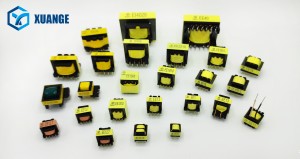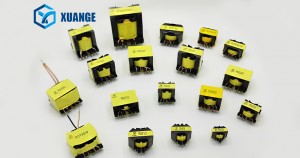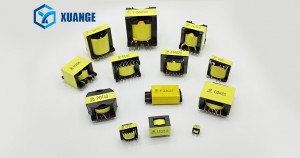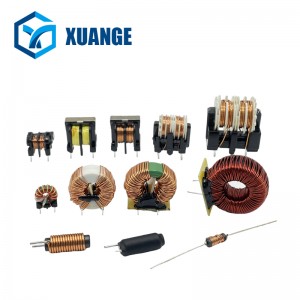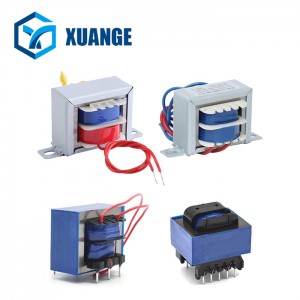Bad shielding doesn’t really affect the performance of high-frequency transformers, but it does cause a lot of interference to surrounding electronic devices. This is what we often call EMI. With the continuous advancement of technology, there has been a growing demand for high-frequency transformers with improved performance and reduced electromagnetic interference (EMI).
Today, let’s first talk about the internal shielding of high-frequency transformers.
First, when winding the shielded winding inside the transformer, the wire diameter should not be too thick to avoid leakage inductance and poor contact resistance. The actual number of turns should be neatly laid out to fill the width of the wire package without stacking. The broken ends of the wires need to be completely buried in the wire package to prevent exposure and potential high voltage issues.
Next, when using copper foil as a winding inside the transformer, the total width of copper foil needs to be slightly lower than that of the width. If it’s too wide, it will cause both sides of copper foil to curl up, leading to leakage inductance and poor distributed capacitance. There is also a risk of failing withstand voltage tests; therefore, attention should be paid to making solder joints flat without any sharp points.
If using sandwich winding method, complete coverage between primary and secondary windings is not necessary for internal shielding. The main purpose of internal shielding is mainly for redirecting common mode interference data signals from original side back through shielding layer back into place in order to prevent EMI problems at output end.
Now let’s talk about external shielding for high-frequency transformers.
Similarly, you can use copper wire wrapping method.
After assembling magnetic core, wrap 5-10 turns with same diameter copper wire along direction of magnetic core before grounding pins. This effectively reduces electromagnetic radiation generated by high-frequency transformers.
When using copper foil as shield instead , its total width also needs slight reduction compared with overall width of magnetic core . However ,it’s essential that outer wrapped copper foil must be completely closed ,and preferably sealed with solder at closure point . If self-adhesive copper foil is used , special attention must also be given on withstand voltage issue because many cases where withstand voltage fails are due bad insulation between magnetic core and windings .
When there’s leakage electromagnetic field leaking into external space,according to principle of electromagnetic induction,there will be induced current within external shielding layer ,generating opposite electromagnetic field which cancels out impact caused by leaked electromagnetic field from high frequency transformer,thus ensuring no influence on outside world .
By optimizing winding configuration and utilizing specialized insulating materials,transformer manufacturers can minimize capacitive coupling between winding sand reduce risks of generating EMI within transformer.This improves overall performance and reliability of high frequency transformers,making them suitable for various applications including power supplies、telecommunications equipment、industrial machinery、medical devices,and aerospace electronics.”
Thank you for reading this far and have a great day!
Welcome to order our products, we support OEM/ODM orders, loyal hope to become your partner.
The content of the article is for reference only.
Post time: Jul-04-2024

